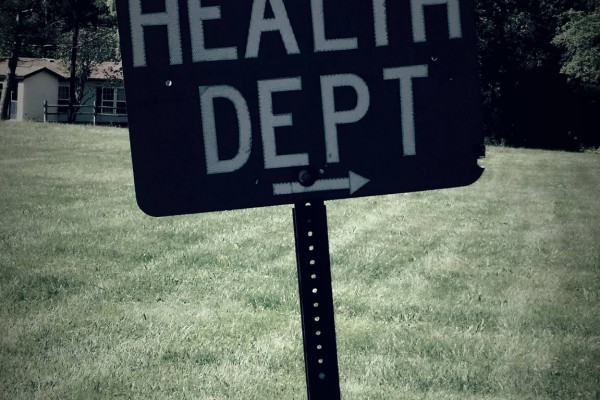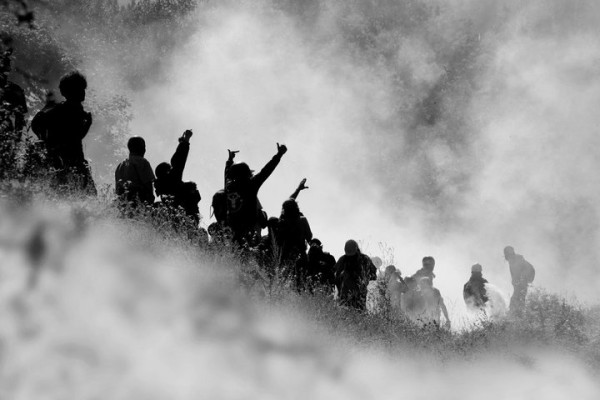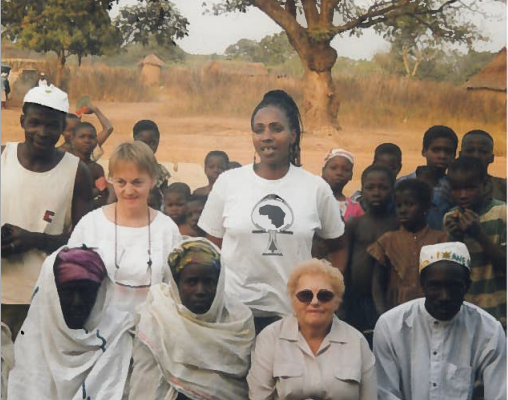Cities in Latin America have become cities of murals. Murals that spring in the city centers and parks, and disproportionately so in the slums and shantytowns: the invisible parts of the cities, that want to be seen again. These paintings are not merely decorative but serve other roles such as regaining the feeling of identity and ownership of the city, as well as recreating the communal ties that emanate around common spaces. The common goals bring the formerly marginalized into an audible voice, motivates people to exchange guns for brushes and making art rather than war. For the record, three examples that stand out are Pachuca, Medellin and Rio de Janeiro.
A little side note on public spaces: they help transmit “the vibe” of the city, as it is the visual cue by which dwellers and tourists infer the economic, politic and social aspects of the city. A grey city with empty streets will be perceived as poor, dangerous, polluted. Contrast with colorful murals, and people playing football on the street, or chilling in a park. Now that’s a chill city.
In Pachuca, Colectivo Germen proposed a public-private venture to paint the biggest mural in the world. The canvas is not a wall, but the houses that compose the shantytown of Las Palmas. The image represents a colorful rainbow with fluid lines that contrasts deeply with the formerly grey, cube shaped houses. The mural was painted by ex-convicts and former gang members and stretches over 1500 square meters. The idea behind the project was to strengthen ties between the people in the neighborhood, and integrate ex-gang members into the society, while simultaneously cleaning up the space such that people feel as though they own and shape their city once more. The value of the project truly showed through the countless interactions between the people prior to and during the painting, rather than in the mural itself.
Meanwhile, in Medellin, there has been plenty of work to recuperate the zones in Comuna 13, infamous for being the worst barrio in the city. In the last decade, the local government launched an urban revival project using non-traditional methods. Besides the transportation issue, the project “Medellin is painted for life,” joined forces with a local NGO and a paint company. Together, they transformed the unwelcoming streets of the barrio into a visual testament of public engagement towards their city. Nevertheless the murals are not just eye candy; they depict scenes of the city’s violent past to maintain the memories alive and avoid their repetition. The barrio, besides becoming more integrated, has even become a tourist attraction and an innovative model for other cities to adopt to tackle issues of marginalization, safety, identity and belonging.
Currently work is being done in Vila Cruzeiro, a favela in Rio de Janeiro, to paint one of the largest murals in the world. It’s been financed by donations from Kickstarter, making it the only of the aforementioned projects non-governmental. Before painting the houses, they were first plastered to create a smooth canvas-like surface to paint upon. This preliminary work also resulted in welcomed renovations to local homes, which were full of leaks and cracks. Halfway through the project, gangs and police began fighting each other, so the project relocated to one of the main streets where it is currently being painted, as the leaders keep on raising funds for its further development.
Being realistic, how much can murals and art in general benefit the people, who are not receiving any earnings for their voluntary work? Can such projects impact the volunteers and neighbours who are not receiving any benefits in safety, health or education? Nevertheless, the change is tangible; the atmosphere is friendlier. As Edi Rama, former mayor of Tirana argues on this TedTalk people do not think that a colorful place with a lot of people in the street is a dangerous place. So going out into the safer streets also helps them become safer; its a virtuous cycle. People litter less, and make sure others do so too. In a way everyone becomes a police of the common good.
Public spaces are never going to be completely abandoned. When people get scared and avoid them, they end up for grabs potentially to undesirable tenants. Therefore it should be the role of citizens to claim public spaces and tend to them. When the situation is good and safe, this should be relatively effortless. Otherwise, its going to require commitment. Worse is the fear of streets.
Cities are not fixed entities, but living organisms in permanent flux. Natural and man-made erosion change their landscapes. While these changes alter the physical image of the city, they also alter the perception people have of their city, and therefore their interactions with it. The question is whether this cycle will be vicious or virtuous and there’s where human agency plays in.
While this process is inevitable and permanent, it also allows for the agency of city-dwellers to alter the city in ways they deem appropriate for the reclamation of spaces. Sometimes they occur spontaneously, but more often than not the change observed tends towards erosion, destruction and abandonment. Once such a trend is discovered coupled with an acknowledgement of the importance of a public space, then initiatives towards the recuperation of the city may be adopted. And they do not have to be as complicated as some would expect. Sometimes, rather than creating new bonds, its more fruitful to tap into old dormant feelings lying deep at the heart of a community.
Camilo Ucros






